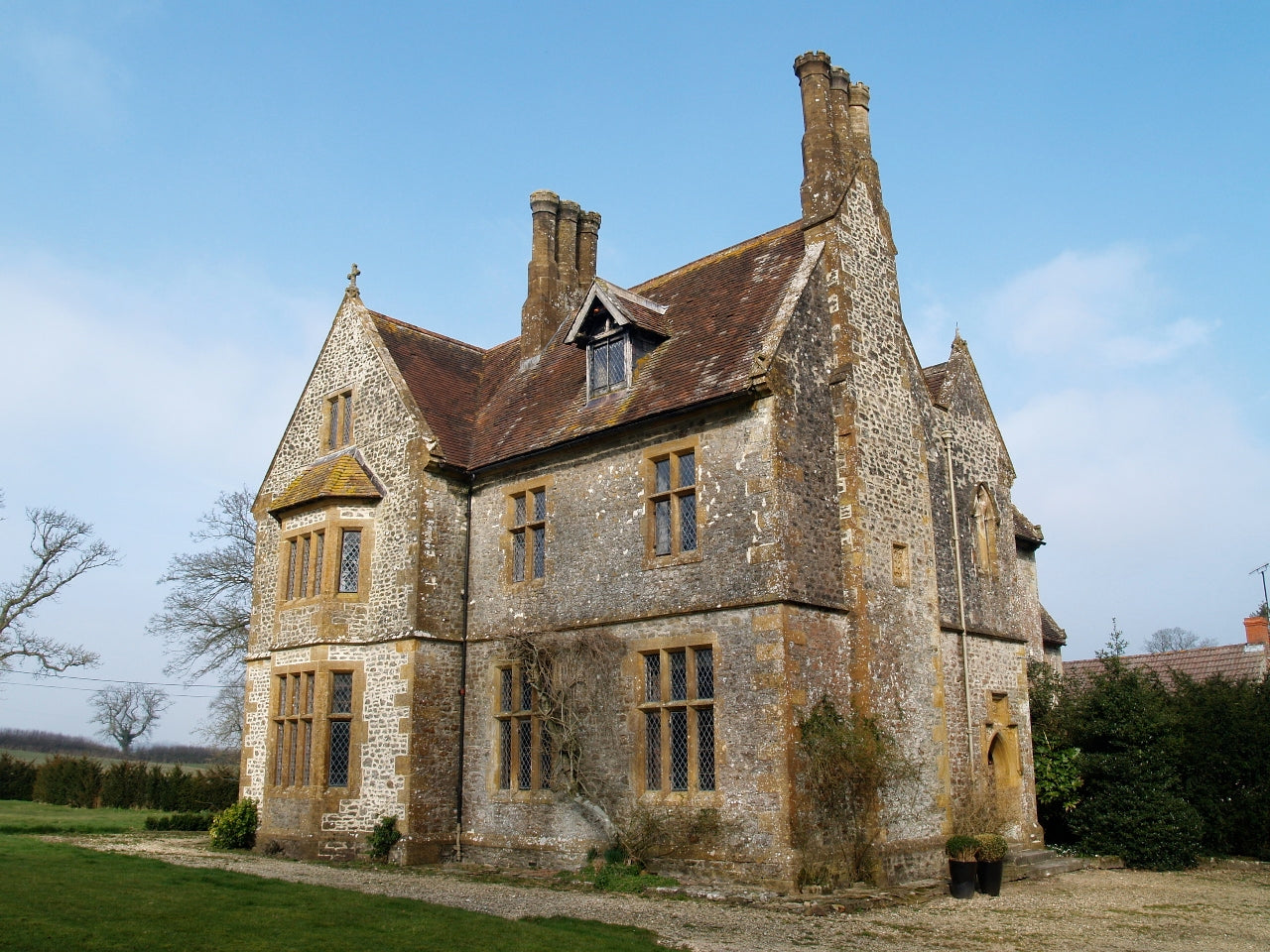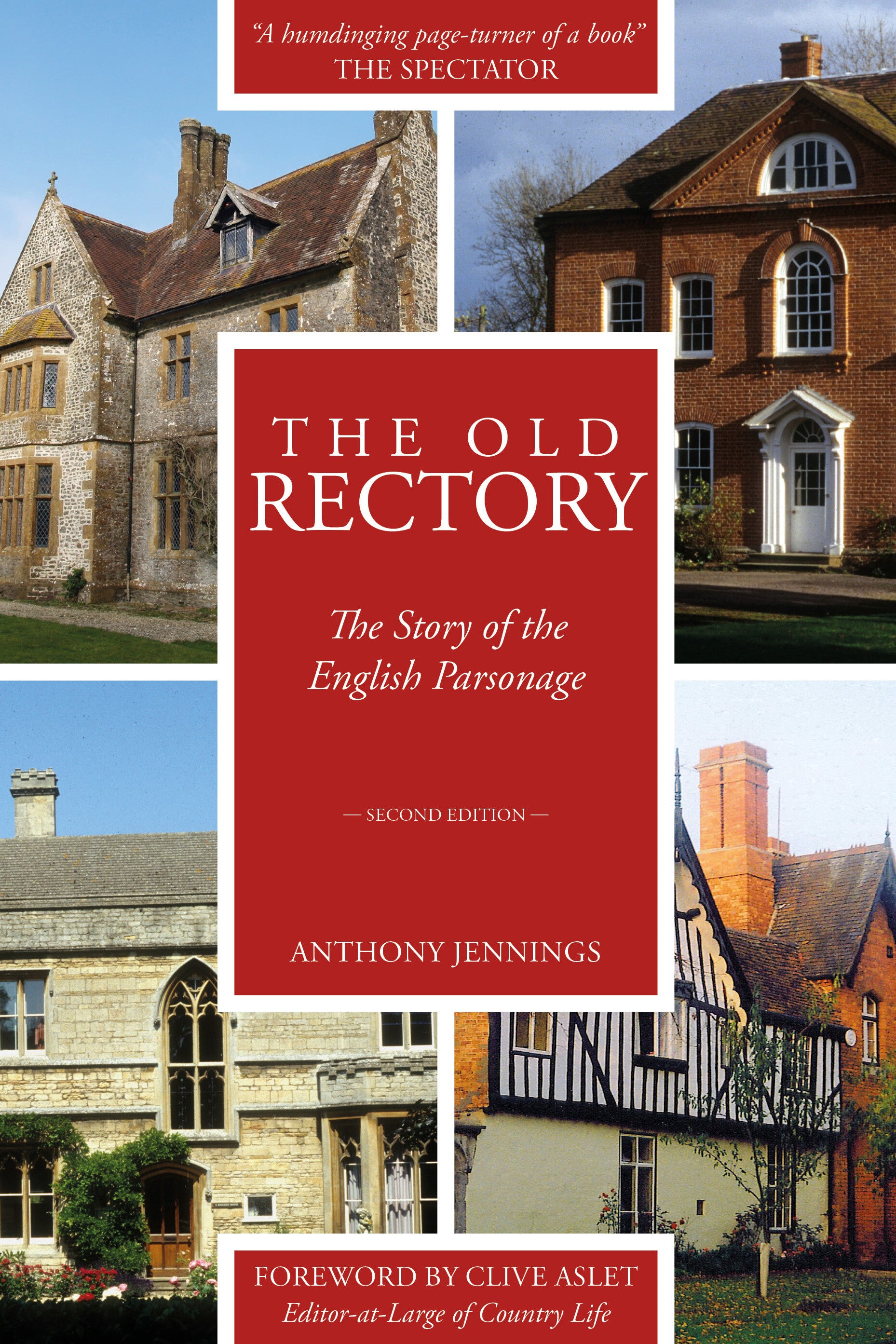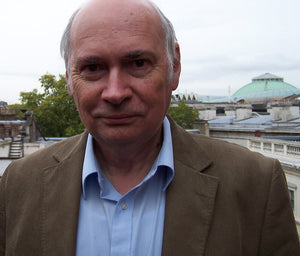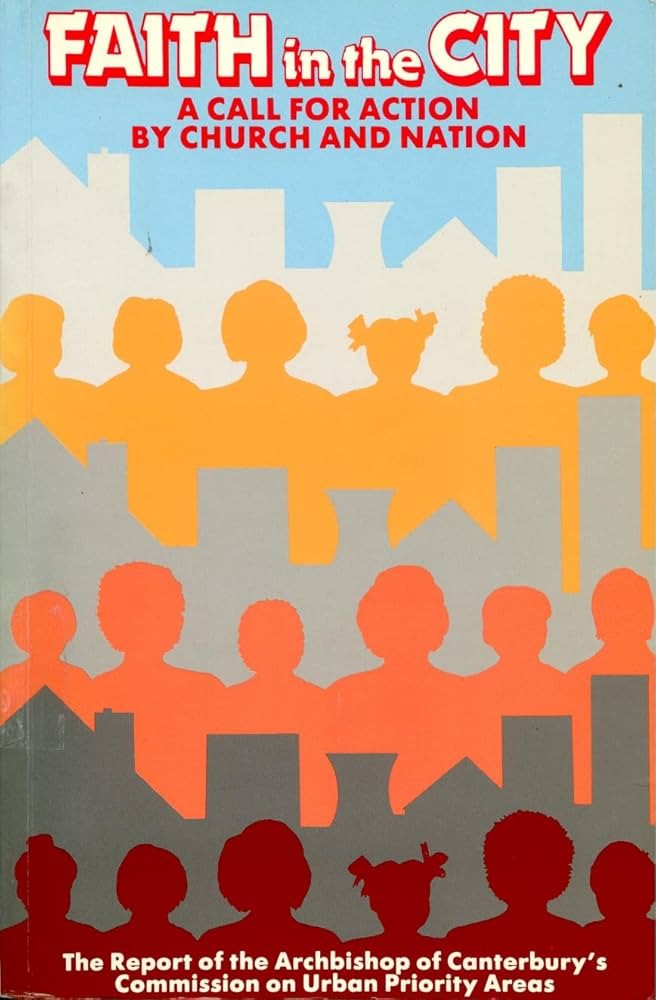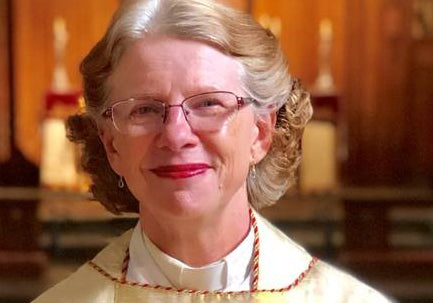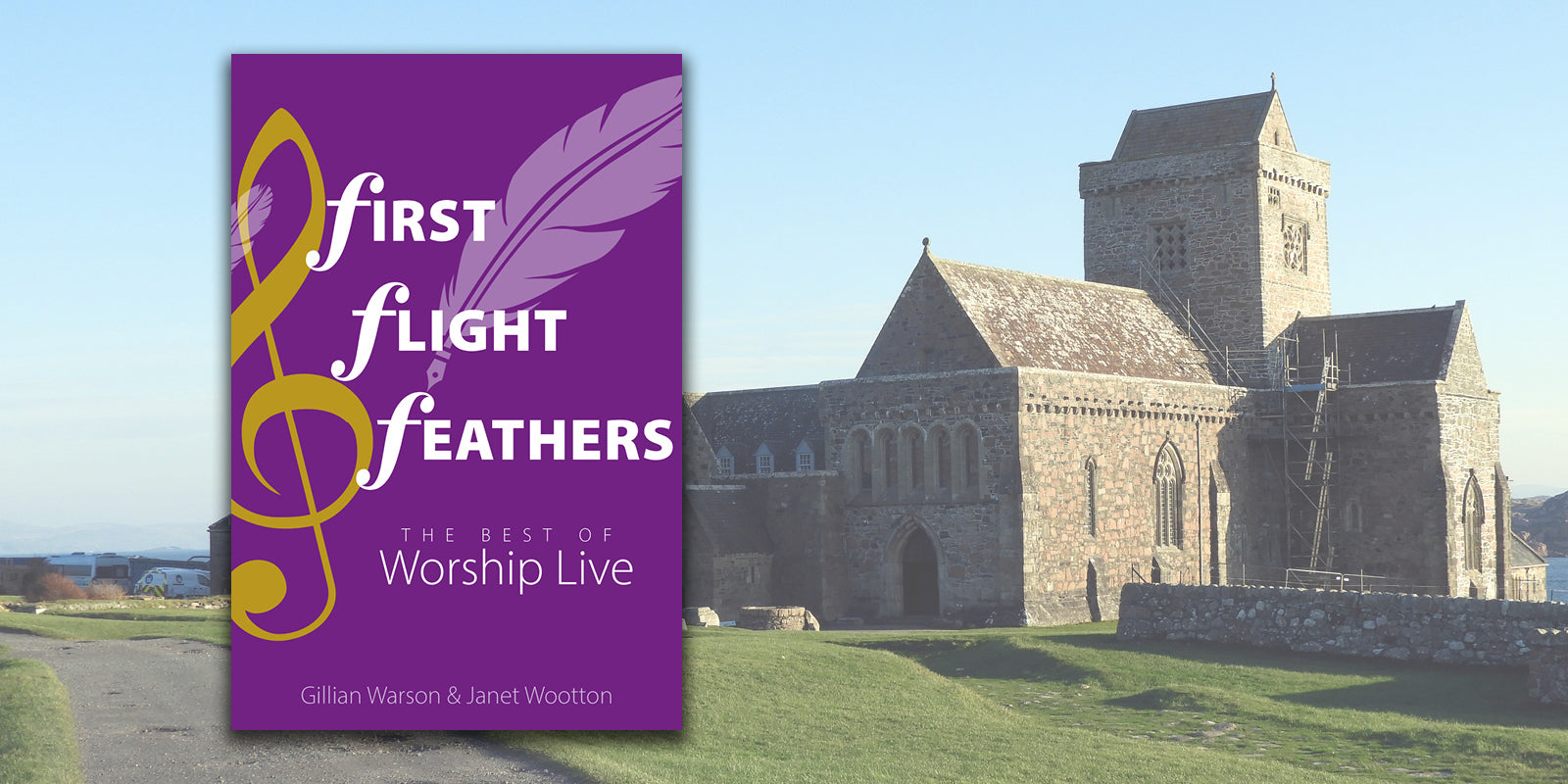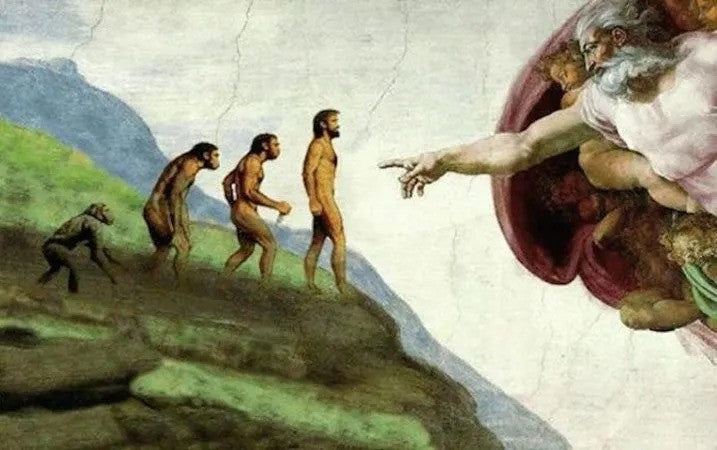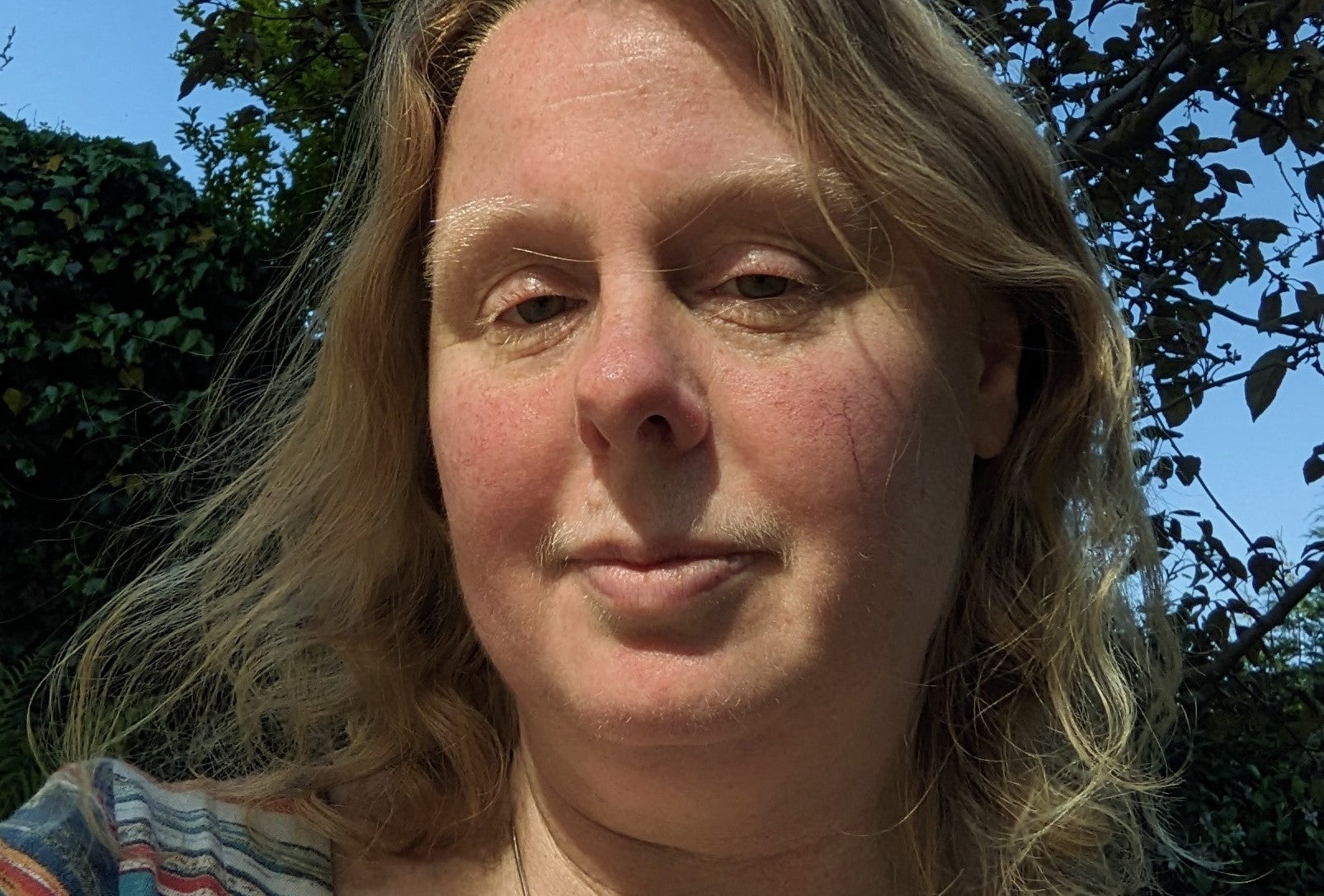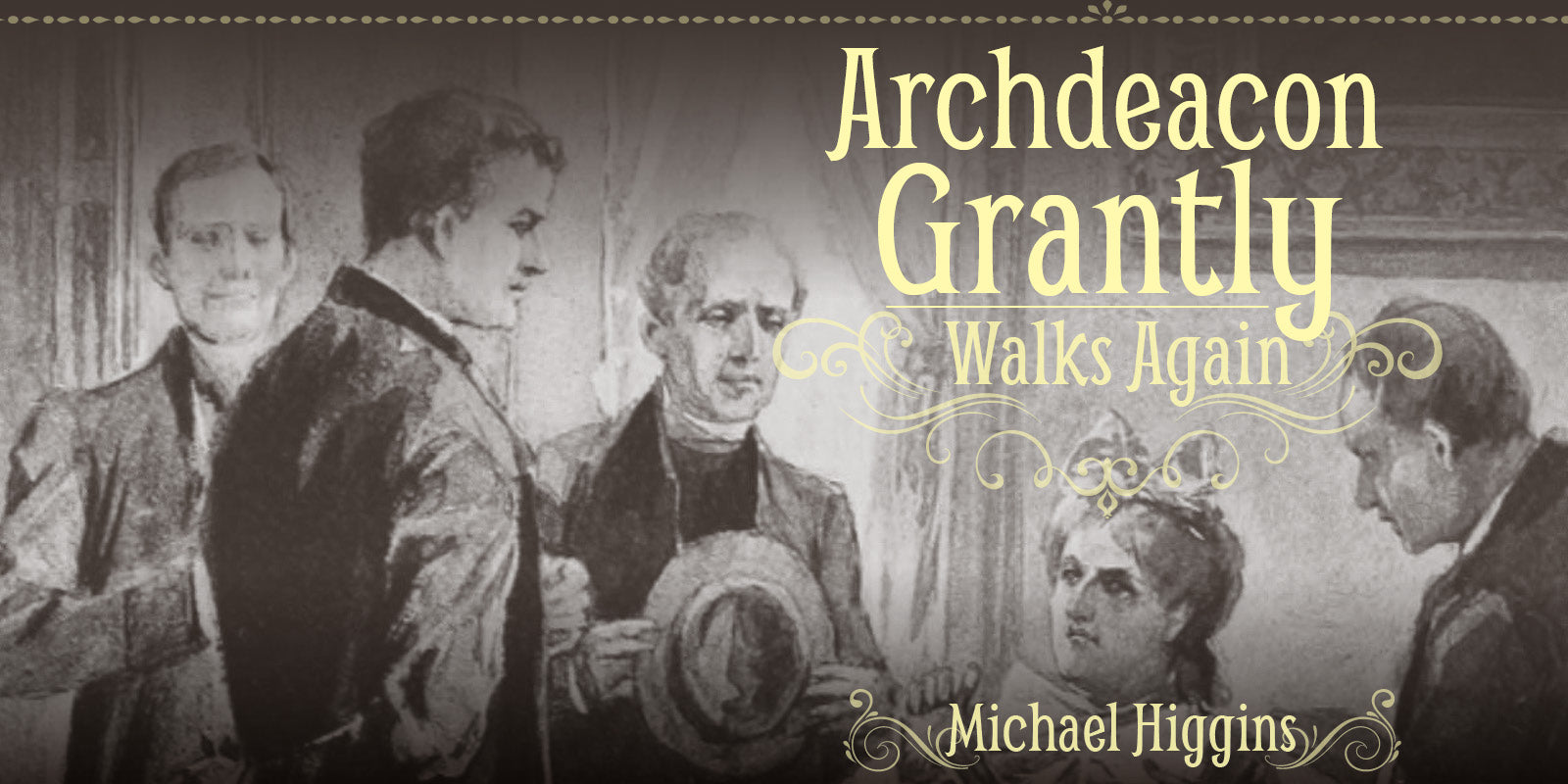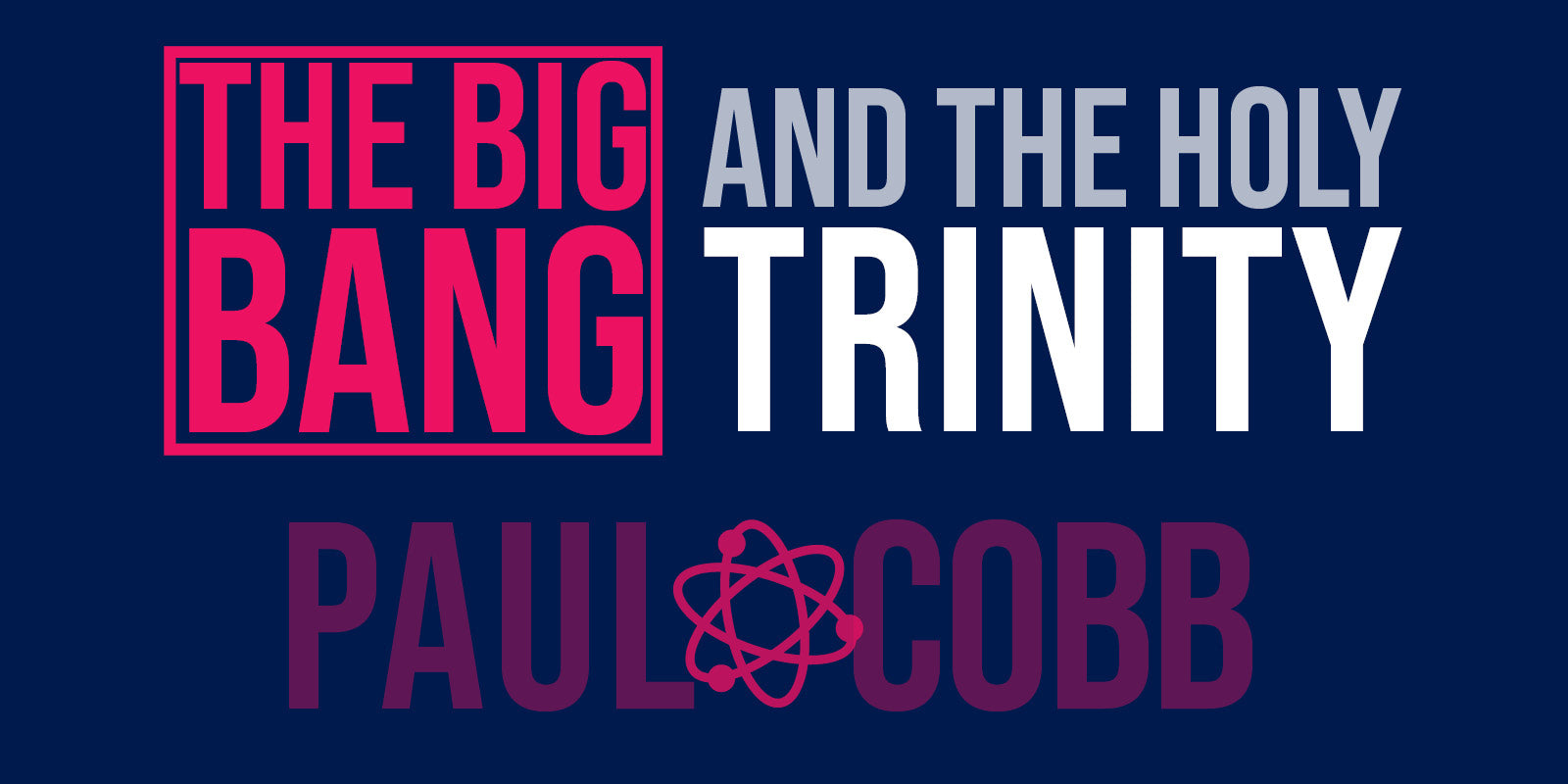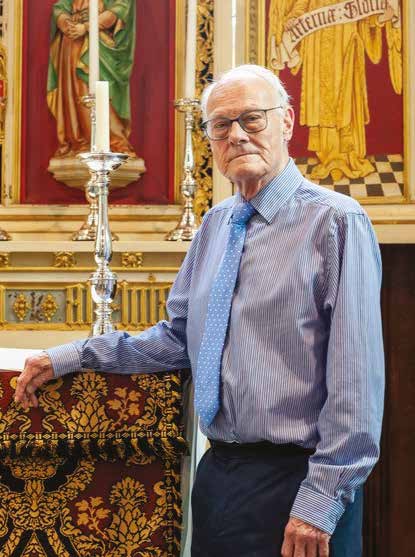
In these abnormal days of Coronavirus when many of us are spending more time at home, we may be turning to things we overlook when we are rushing around. So rather than plunge ahead with that DIY you will soon regret, by tearing out that fine old Edwardian front door and replacing it with a shoddy modern one, why not give some thought to more cerebral matters, such as the role of the Church in the community. As the author of The Old Rectory, let me give you some of my reflections.
For a thousand years the parsonage (rectory or vicarage) was at the centre of life in our towns and villages. From the time when parsonages were first built by the Norman and medieval Lord of the Manor, the parson was the spiritual guardian of the community. Traditional parsonages have always been vital resources for the work of the clergy. Bible study groups, confirmation classes, marriage preparation, mother and toddler groups, and counselling and support groups have been held there, as well as a whole range of more secular activities. In Victorian times the parsonage was also the village school. The parsonage garden has also been a place of sanctuary and recreation, the perfect place for parishioners of every age and income group, whether churchgoers or not, to join together in social activities, including the garden fetes that the hard-pressed PCC so badly needs for fundraising, both for charitable causes and to help with the parish quota.
The rector or vicar would always have wanted to comfort and console his parishioners at times of illness or epidemic such as this. Sometimes indeed he acted more ruthlessly, albeit selflessly. When, in 1665, the Black Death broke out in Eyam, Derbyshire from a flea in contaminated clothing from London, William Mompesson, the rector, famously closed the church and ordered possessions to be burned including the contents of his rectory. Most parishioners still died, including his wife, but he single-handedly prevented the spread of the disease.
The traditional parsonage has always been secluded and accessible, near church and people, flexible for family life, private study, prayer and parochial activities, and an anchor point in a community where spiritual leadership can be given in troubled times. But in recent years there has been a change. Traditional parsonages have been sold off and the whole concept of the centrality of the parsonage to community life has come under threat. Ironically, that threat has come not from outside forces but from the Church of England itself. The dioceses now prefer parsonages to be modern houses either on anonymous estates or on the edge of the town or village so that the clergy can have a more private life. Indeed, community involvement on the part of the clergy is sometimes positively discouraged.
Despite the fact that eminent Anglicans, from Hooker and Sterne to Kingsley and Kilvert, lived in houses that were already old, it is perhaps this very association with tradition that is thought not to be “progressive” in the minds of latter-day diocesan officials. There seems to be rather an antipathy to tradition, reflected in the notion that an old house is somehow no longer relevant because it speaks of history. The Church seems to feel it should turn its back on the past in order to appear relevant to today. Ironically, this attitude seems out of step with our generally growing interest in history and the importance of our past to our future that is reflected, for example, in the growth of heritage tourism.
At a time when some of us may have a little pause for thought, we might spend a minute or two reflecting on how this change in the philosophy of the Church of England has come about, and why it has been allowed to happen.
Anthony Jennings is Director of Save Our Parsonages, and on the council of the English Clergy Association and the committee of the Patrons Group. He is a member of the Bloomsbury Conservation Area Advisory Committee, on the committee of Bourne Civic Society, and a trustee of Bourne Preservation Trust.
The Old Rectory examines the history of the English parsonage through the centuries, and their many and varied styles of architecture. Explore the lives of famous inhabitants and discover the scandals of neglect. Get your copy today.
